Interview: Daniel Arsham on His Multi-Faceted Collaboration with adidas Originals
We talk to the artist about his first wearable work and the hurricane that changed his life

About two minutes into the first segment of Daniel Arsham’s trilogy, “Hourglass,” we see a brief shot of a TV screen showing the colorful swirl of a hurricane barreling toward Miami—an image that has been burned in to my head since seeing it first-hand in my own Miami home in 1992. Hurricane Andrew hit South Florida that August and was the most destructive storm in the state’s history. It changed every one of our lives, granted, in different ways. For Arsham, who was 12 at the time, the experience has played through to many aspects of his artwork and Hourglass begins to unpack that story as an artwork in its own right. Produced with adidas Originals, the film also happens to introduce their new sneaker collaboration, the New York Daniel Arsham, and hints at other pieces of a complex web of art and commerce to follow.
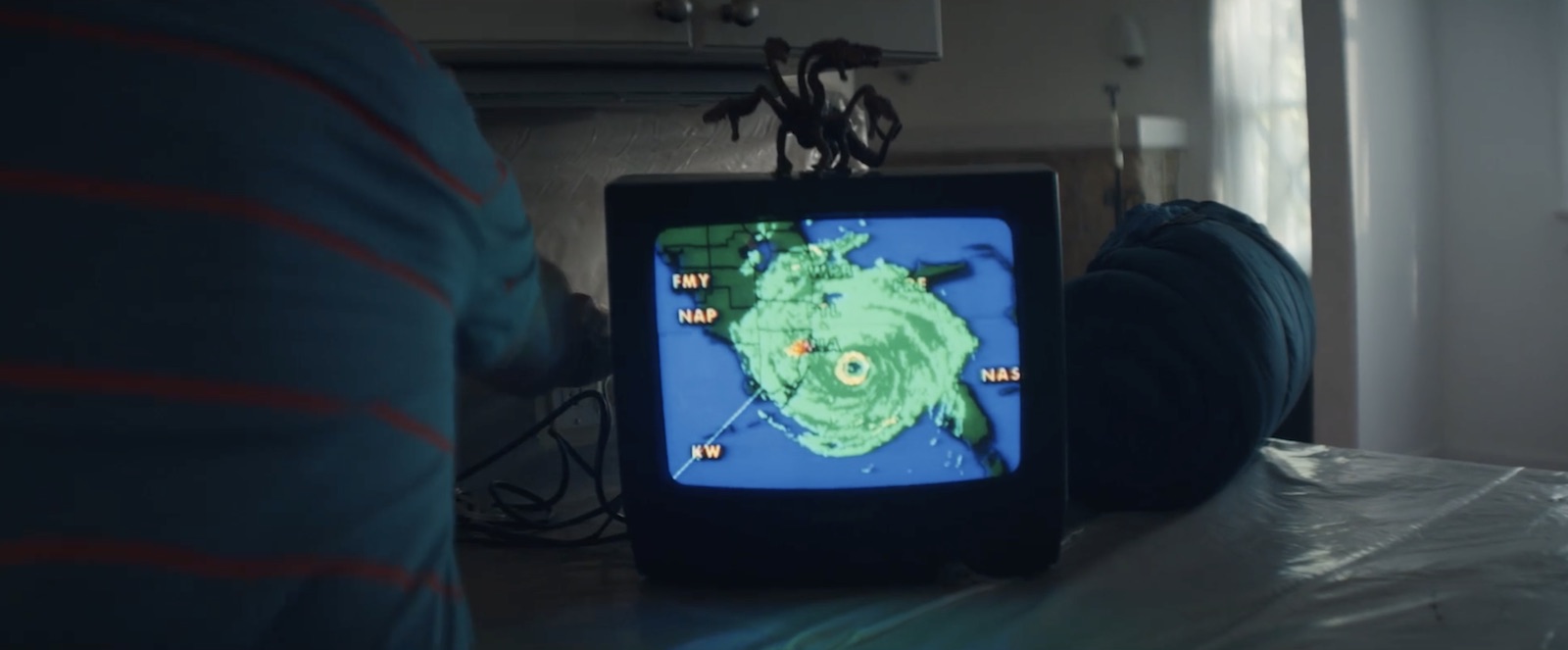
Having followed the hints and rumors about this deeper-than-usual collaboration between a sneaker brand and the well-known artist, I was excited to catch up with Daniel ahead of today’s launch to learn more about “Hourglass,” the New York sneakers and some other moving parts within this intriguing body of work.
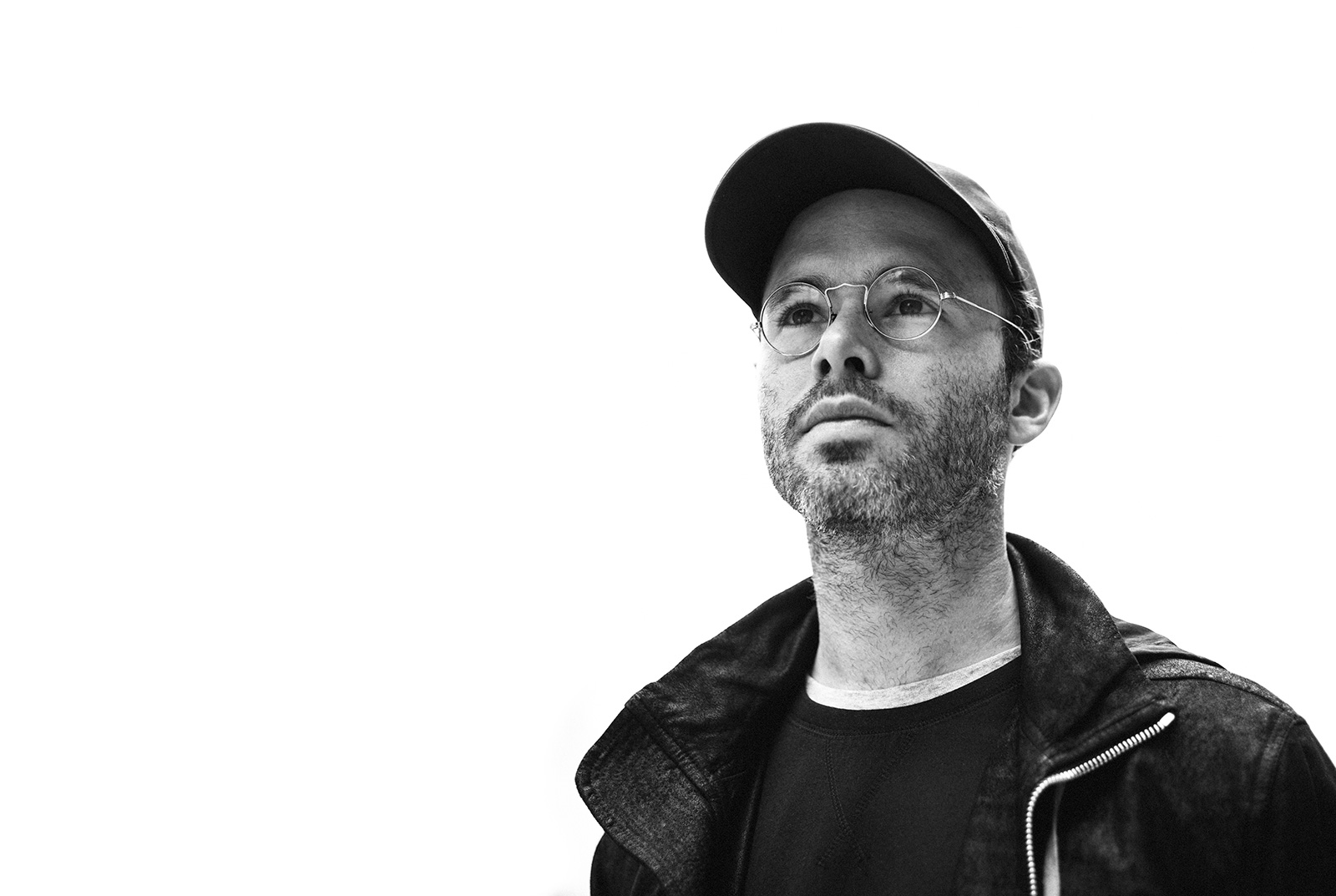
I was in the UK recently, spending some time with our mutual friend, George. I saw a burner phone on his desk that you sent him. And a phone number—855-923-4327. It was clearly tied to this adidas project. What you’ve crafted here is an experience with multiple touchpoint and yes, at one layer there’s a pair of shoes, but clearly it’s so much more than a pair of shoes. In your words tell me about this project, this partnership, this journey?
So there are a number of different sections to it. It really started with the film, actually. When adidas Originals and I started talking about doing the project, I wanted it to be something that was sort of comprehensive and fit within the scope of my larger practice, sort of taking things from the every day and making people question them and rethink them. So we started thinking about different ways to do that.
Concurrent with that, I was looking through the archives, back at older silhouettes of sneakers that I wanted to work on. I settled on a sneaker that’s about 20 years old, called The New York, which is something I remembered. And the film sort of jumps back to that moment in time, actually.
It sort of crosses between documentary and narrative in a really sort of unique way
So much of my work has been about this sort of confusion of time or bringing things from the past and making them appear as if they’re in the future; and the film definitely plays with that idea and sort of integrates the piece that we made together into a kind of narrative. The film really is about my work and about my life in many ways. It sort of crosses between documentary and narrative in a really sort of unique way.
So what I’m hearing is that the film is the backbone to the…
The film is the backbone to the entire project, yeah.
Why was adidas the right partner for this?
It’s a brand that I’ve been a fan of and have watched brands like Y3 and other people that they’ve collaborated with really sort of push things in a direction I thought was really compelling. So for that reason, I really did feel that if I brought something to them, they would get behind it and execute it in the right way. We’ve been working on this project for about a year and a half. And you know, also working with me, someone who—I’m not a sneaker designer and I knew what I wanted, but I was also sort of adamant about going through trials and tests, testing materials and really making the entire experience of it something.
It’s everything from the film to this whole thing we did with the phones, to this phone number to like how we teased it out. I don’t know if you’ve seen the sneakers yet or the box, but even the experience of opening the box, they’re all sealed like my future Relic pieces. Once you open it, there’s no way to reseal it back, so it’s kind of like this archived piece that you’ve opened from the past.

How did you brief your collaborators on the Adidas side when you were describing what you wanted the shoe to—once you went into the archive and you found that model, how did you describe what you wanted it to be?
I just took the CADs that they normally use, and I drew all over them and stapled things to them and sent them back to them. You know, in some ways I approached it the same way I would approach a sculpture in the studio in a way that I would describe with my own team here, how we’re going to produce something.
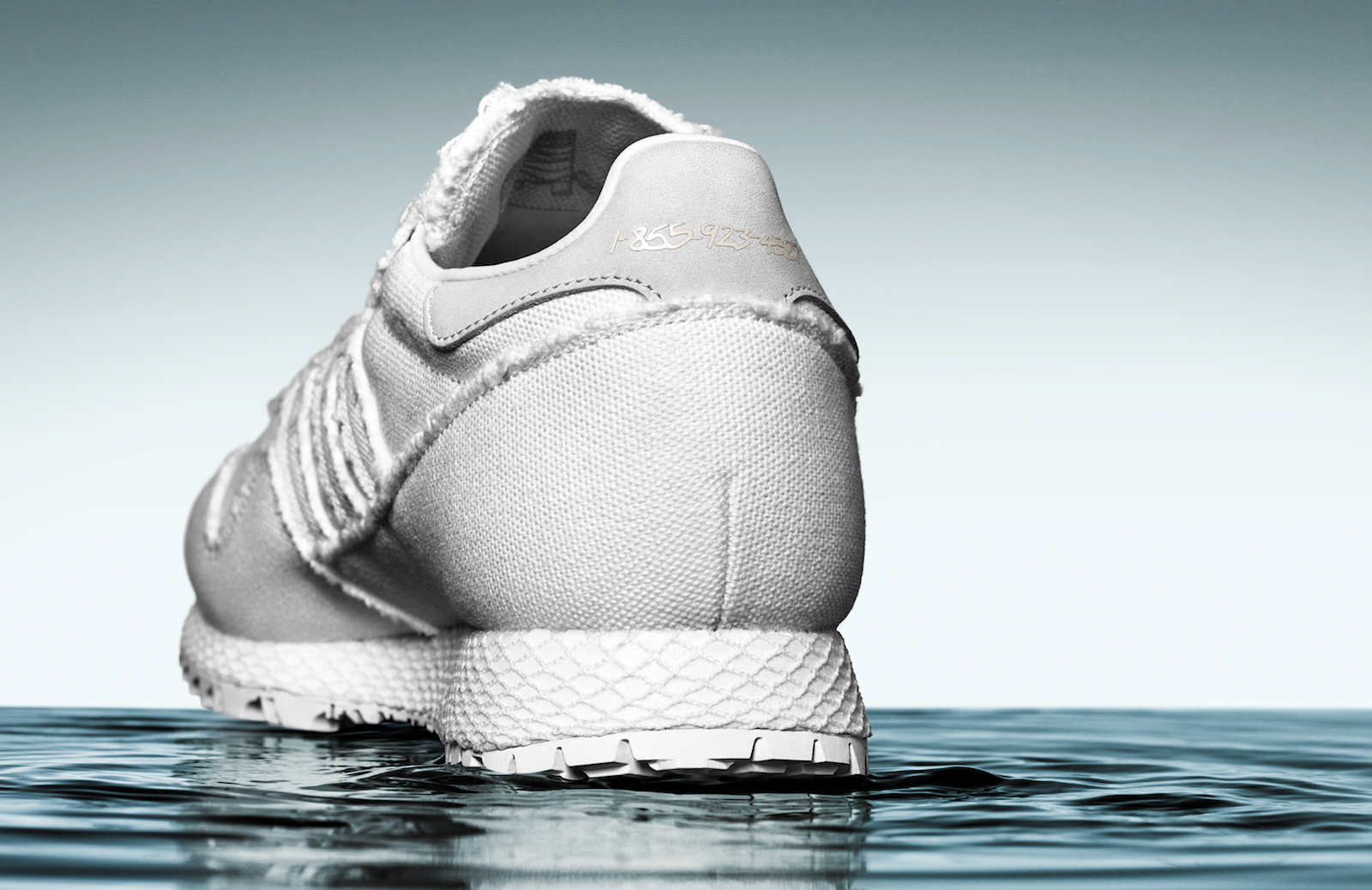
But you know, it borrows a lot of aesthetic principles that are consistent within the rest of my body of work about reduction, a very sort of prominent position of materials in it. The shoe has this kind of almost like a linen canvas material that is frayed. It’s virtually all one material except for the tab on the back of the heel, which contains this 1-800 number which was another sort of component to the story.
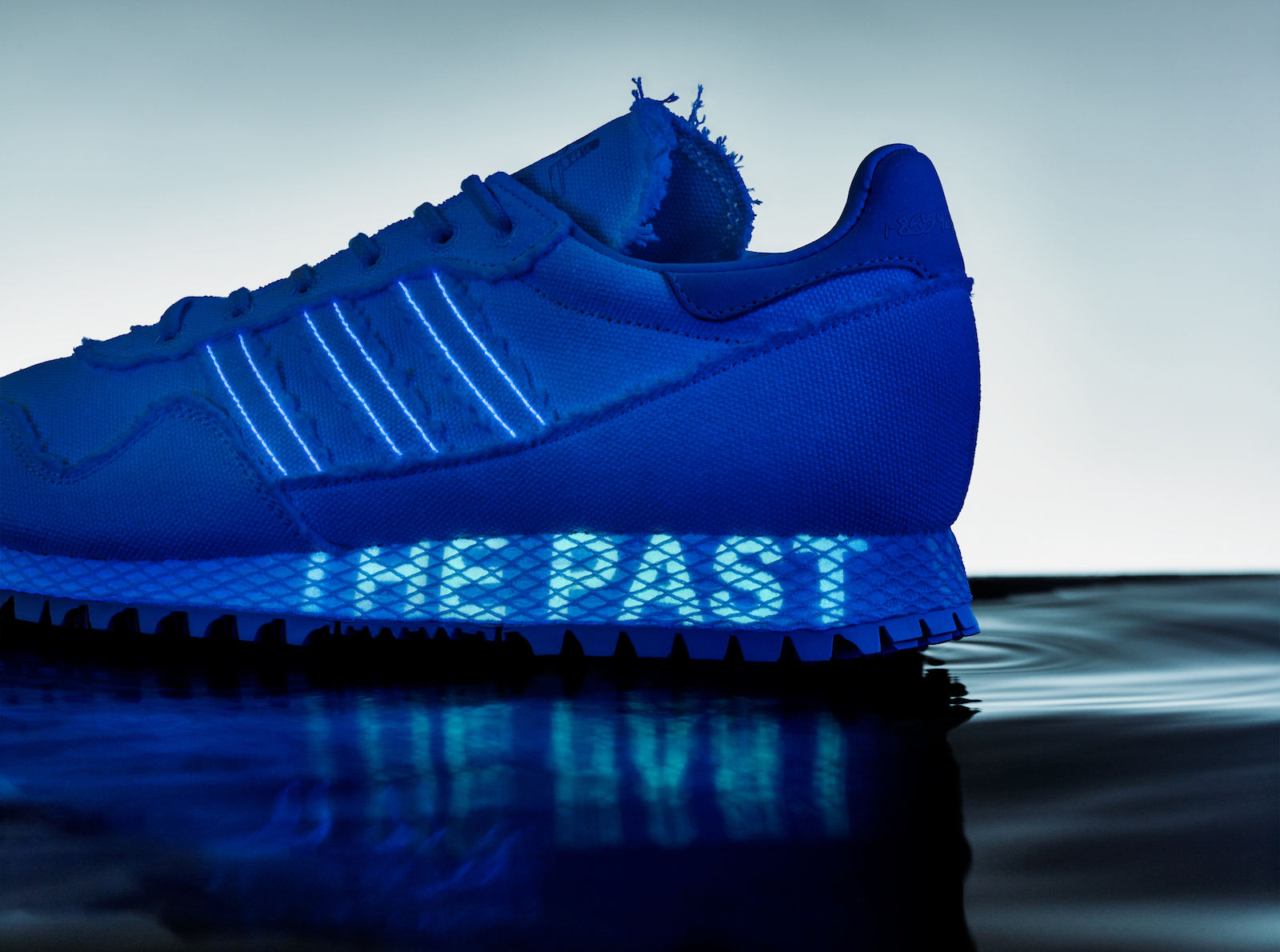
And even down to the printing that’s on the midsole, this ultraviolet printing. So we went through a bunch of different variations of it, where I’d have notes, they’d send back physical positives. I would wear it around the studio for a couple days and you know, go back to them and ask for a couple more variations.
It was definitely a process.
Have you made work before that is intended to be worn, and used—pieces that will take on a life of their own after they’re out of your hands like these shoes will?
No.
Some people collect sneakers and put them on a pedestal and never wear them. I believe there are all these great shoes out there, great collaborations, they’re meant to be worn and meant to be loved. Yours look incredible now, but people are going to wear them and they’re gonna wear them in an interesting way. Was that part of the creative process—were you thinking about what it’s gonna look like when they get all used?
Yeah, absolutely. They’re definitely gonna get dirty and they’re gonna pick up things around them, same you know, and in some ways in the film you see that happening. There’s a part of the film where I’m walking through this blue sand garden and the material is picking the color up, actually. And even in, you know, we’re doing a special sort of space that will contain let’s say an exploration of how these are going to wear.
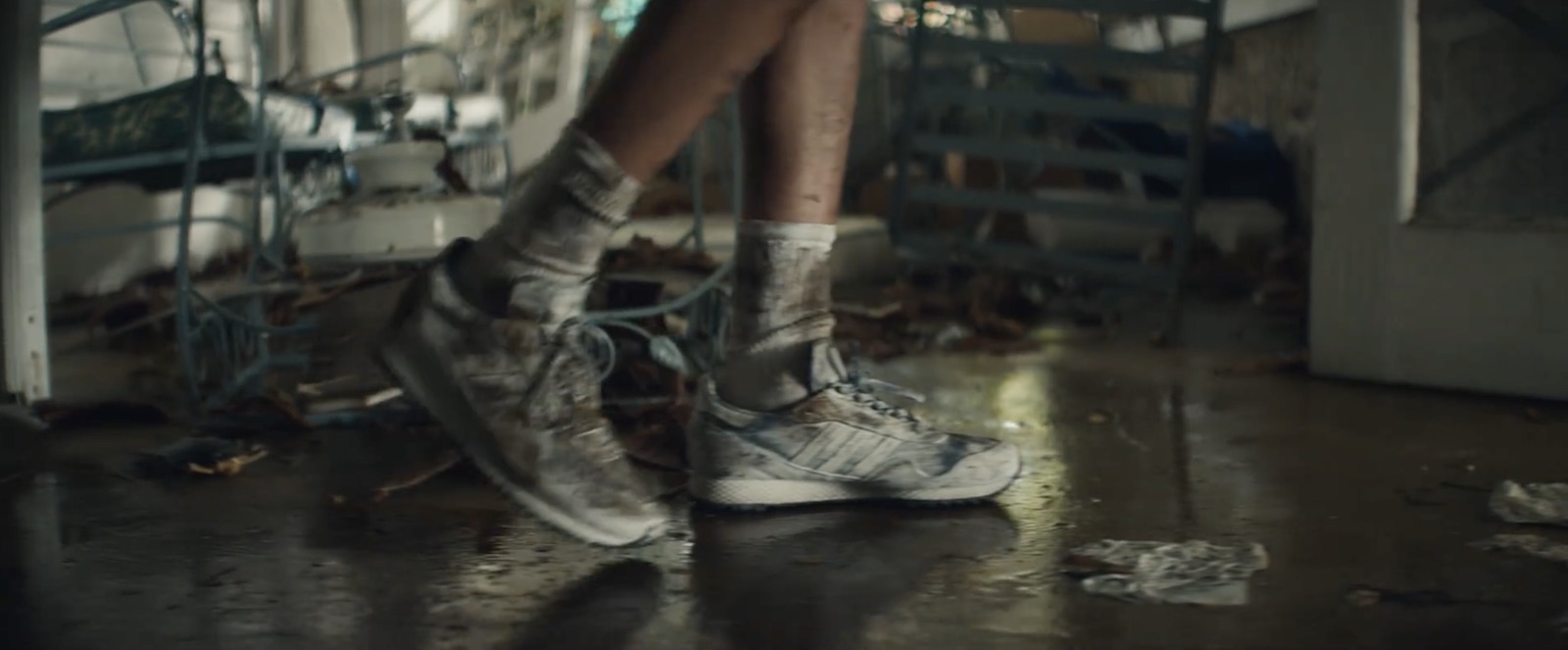
They’re essentially raw canvas, so they’re going to definitely pick up dirt. And I think these pieces start out in a pristine state and in some way they become decayed and eroded, much like the rest of my work does. On the flip side of that, I think, I would encourage people to wear them, but I know there’s going to be a lot of people that will not, and will not even ever open the box. It’s a, and even myself, like I’m definitely going to keep one that’s boxed.
Tell me about the burner phone and 800 number?
We use the phone number as a way to tease out information and essentially when you call the 1-800 number, it’s as if you were listening to voice messages that I had left for my collaborators on the project, whether that’s somebody at adidas Originals, or somebody on my film crew, or somebody on the production side, somebody related to the music that we worked on… So these things were teased out periodically.
We also set up a vintage payphone that we put at KITH in the city for a week, and when you went to the payphone and picked it up, it was like hacking into my voice messages, so you’re able to listen to these different messages.
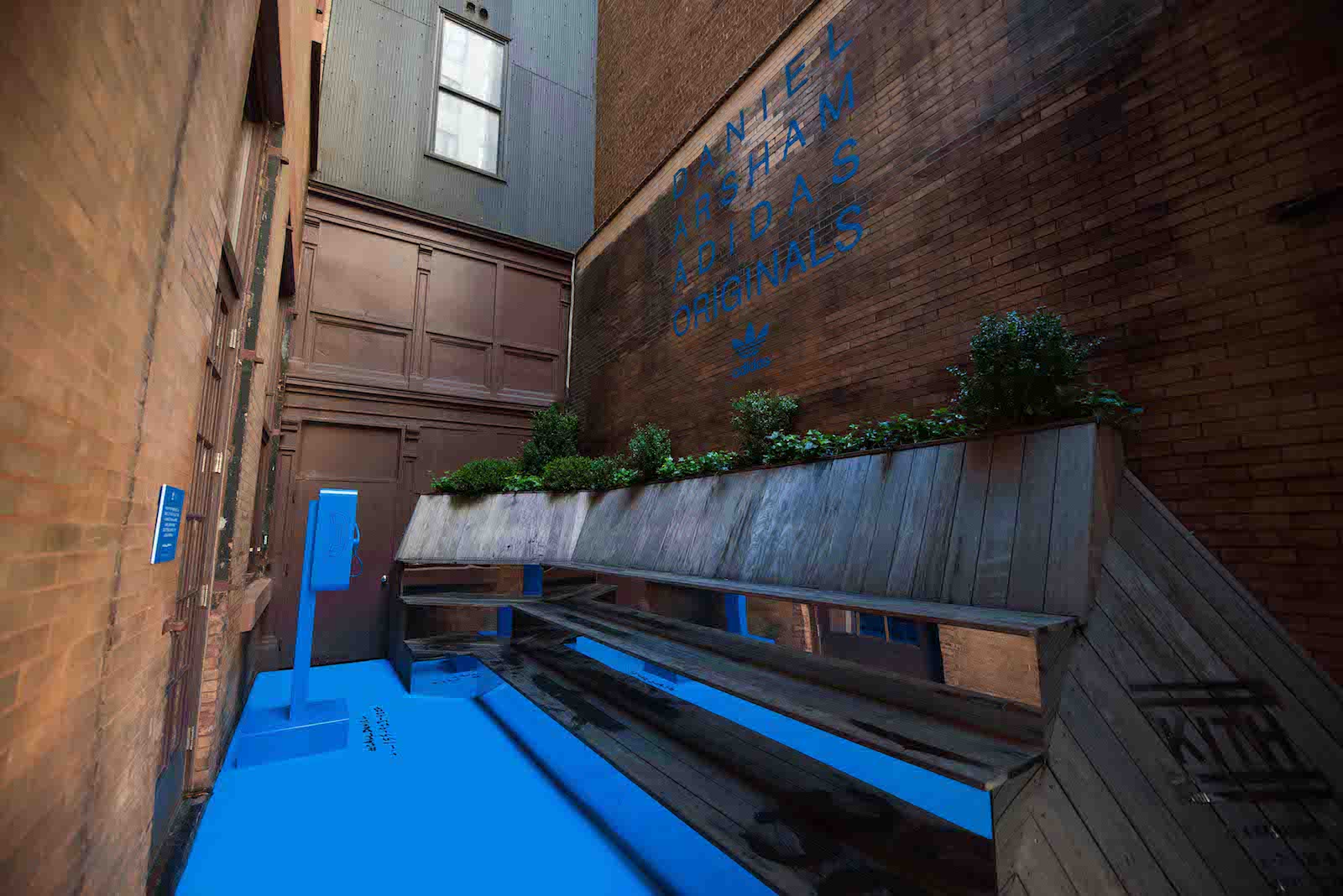
It sort of created this interaction with people that was much more about the experience, and so the burner phones were sent to a limited group of friends and collaborators, with time on the phone and you know, we programmed only one number, which was the 1-800 number. And when you called, you were also able to access my voice messages or just use the phone.
Will that part of the experience continue once people are getting the shoes? Obviously, people are gonna get the shoes, they’re gonna see the number and try calling it.
Without saying too much, this is not the last thing we’re doing together. This is sort of the beginning of our larger project, so the number will be used and there’s a whole host of there elements that we’ve teased out in this.
There’s a whole web of things.
One of the other things we did with the payphone and the 1-800 number, it was programmed to randomly select people when they were calling to allow them to leave a voice message, and they’d leave their information and they’ll receive something very limited from me, which is a cast of a bunch of stacked coins.
My head is spinning thinking about the parts of this. It’s so much bigger than a pair of shoes. I’m going to look for more clues in the film.
I mean in some ways the shoes are actually both the origin and sort of the largest part, and also kind the smallest part because we’re making so many other things. I think for adidas Originals, it’s also about bringing me in to rethink the way they think about what they do in our sort of universe, you know.
One last thing. Hurricane Andrew—I grew up in Miami and lived through that as well. Where in Miami were you? And did you go back there to shoot the film?
I was in Kendall, pretty far south. The film depicts that and it’s a very accurate sort of depiction of what happened for me then. We shot in Miami. It wasn’t in Kendall, but we got a house that was similar and sort of recreated the whole thing. The production of the scene with the younger version of me in the house during the storm was like a full-on Hollywood, 50 people on set, crazy production. We basically built a room that was the same as this closet, and built it inside of a pool and then flooded the pool.
Releasing on 22 July in limited quantities, The New York Daniel Arsham will retail for $180.
Images courtesy of Daniel Arsham and adidas Originals












